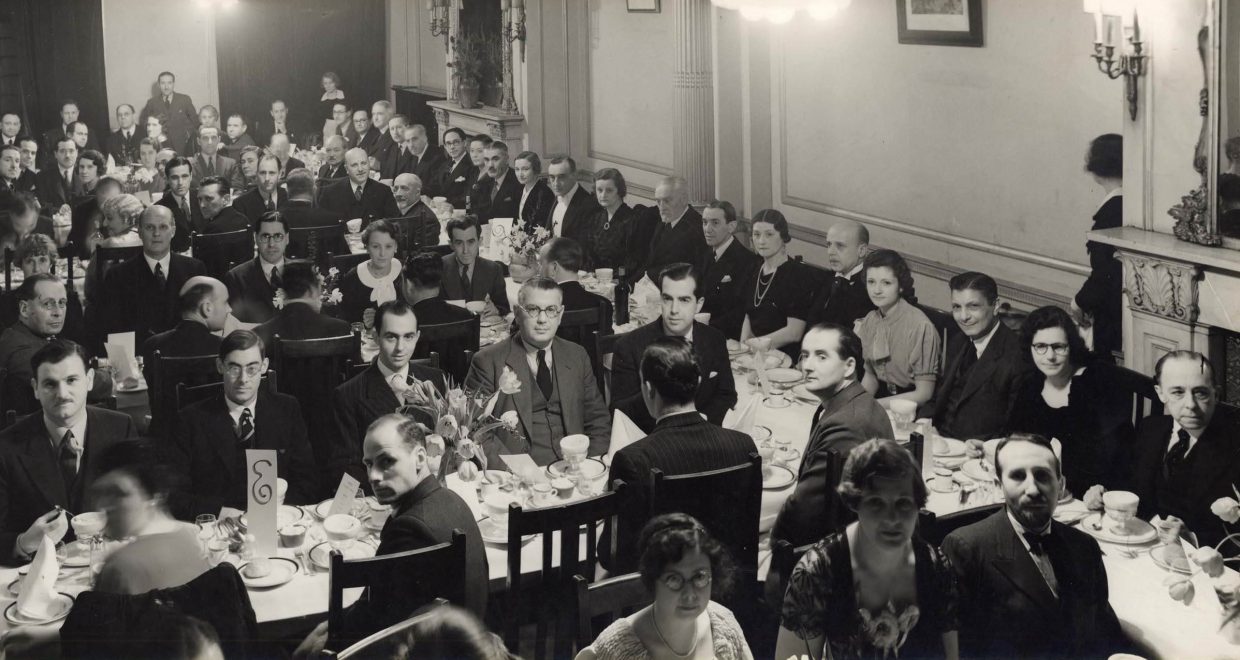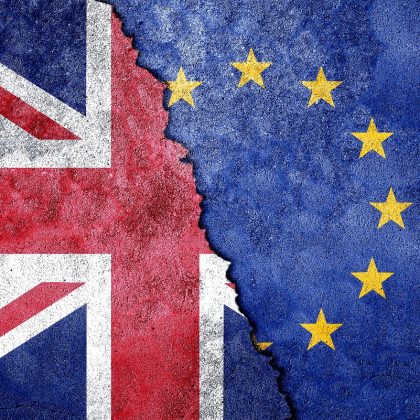The (Short-Lived) Cultural Influence of a Fallen Empire: The Case of Interwar Spain
This accompanies Luis G. Martínez del Campo’s Contemporary European History article ‘Weak State, Powerful Culture: The Emergence of Spanish Cultural Diplomacy, 1914–1936’
During the Great War, the propaganda battle to win the support of neutrals showed that cultural promotion could be a powerful source of international influence. The growing use of cultural means changed the conduct of foreign policy after the war, as several states created diplomatic infrastructures to ensure cultural influence abroad. As the expansion of Spanish culture in interwar Europe shows, however, state efforts were not the only means of success for cultural promotion abroad. In fact, the Spanish state failed to create its own cultural diplomacy infrastructure until the late 1920s; yet Spanish language and culture enjoyed a systematic cultivation in other European countries during the interwar period.
This ironic story is the subject of my article in Contemporary European History (‘Weak State, Powerful Culture: The Emergence of Spanish Cultural Diplomacy, 1914–1939’). As I show there, the expansion of Spanish culture in Europe began during the First World War, when belligerents competed for neutral Spain’s support. Foreign demand for Spanish culture continued to grow after the war, driven by international competition for control over the Latin American market. In France, Germany and the United Kingdom, state and private agencies promoted Spanish-language education in schools and universities and founded centres and institutes designed to strengthen links to Spain, as the country was seen as a springboard to its former colonies. Although the humiliating defeat in the Spanish–American War (1898) had confirmed the end of the Spanish empire, Spain’s linguistic and historical ties to Latin America provided the former metropole a sphere of cultural influence in the world, as well as a distinguished status in European eyes.
Spanish politicians soon realised that Spain’s main asset in the international field was its language and culture. They tried to set up a cultural diplomacy infrastructure that could take advantage of the growing international interest, but financial problems made the project fail until 1926. During the Second Spanish Republic (1931–6), however, the Spanish state made progress in the promotion of Spanish culture in Europe, creating education centres (e.g., the Colegio de España in Paris) and supporting cultural events abroad (e.g., the Spanish writer Miguel de Unamuno’s visit to the United Kingdom). When Spanish cultural diplomacy finally started to achieve its goals, the international context ironically changed. By the mid-1930s, the United States strongly dominated the Latin American market, and European countries had created their own communication channels with Latin American republics, weakening the interest in Spanish culture abroad. Just as Spanish diplomacy was becoming stronger, then, this changing context made Spanish culture lose its earlier attraction.
While many studies of cultural diplomacy focus on a particular country’s policy makers, my article shows the importance of external factors, like foreign interest, historical ties and geopolitical context in determining the success or failure of cultural promotion abroad. Foreign interest first in Spanish neutrality and then in the Latin American market eased the emergence of a modern cultural diplomacy in interwar Spain, but by the time it was officially in place, the changing geopolitical context hindered the promotion of Spanish culture in Europe at the end of the interwar period.
Read all articles in the collection
Main photograph credit: Miguel de Unamuno was the guest of honour at a dinner hosted by the London Spanish Centre, London, February 1936. Creative Commons: http://hdl.handle.net/10366/78791






